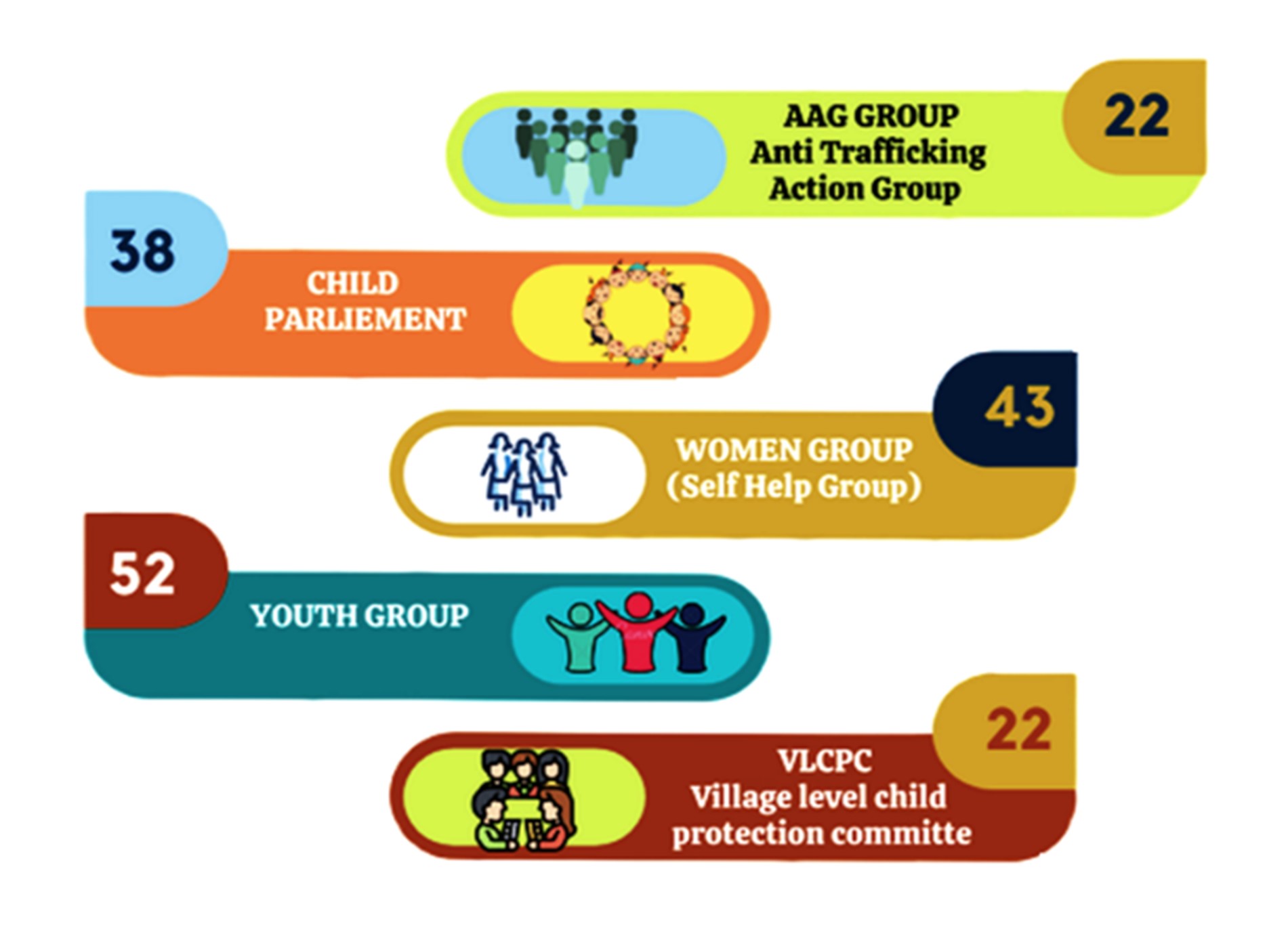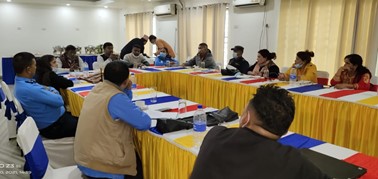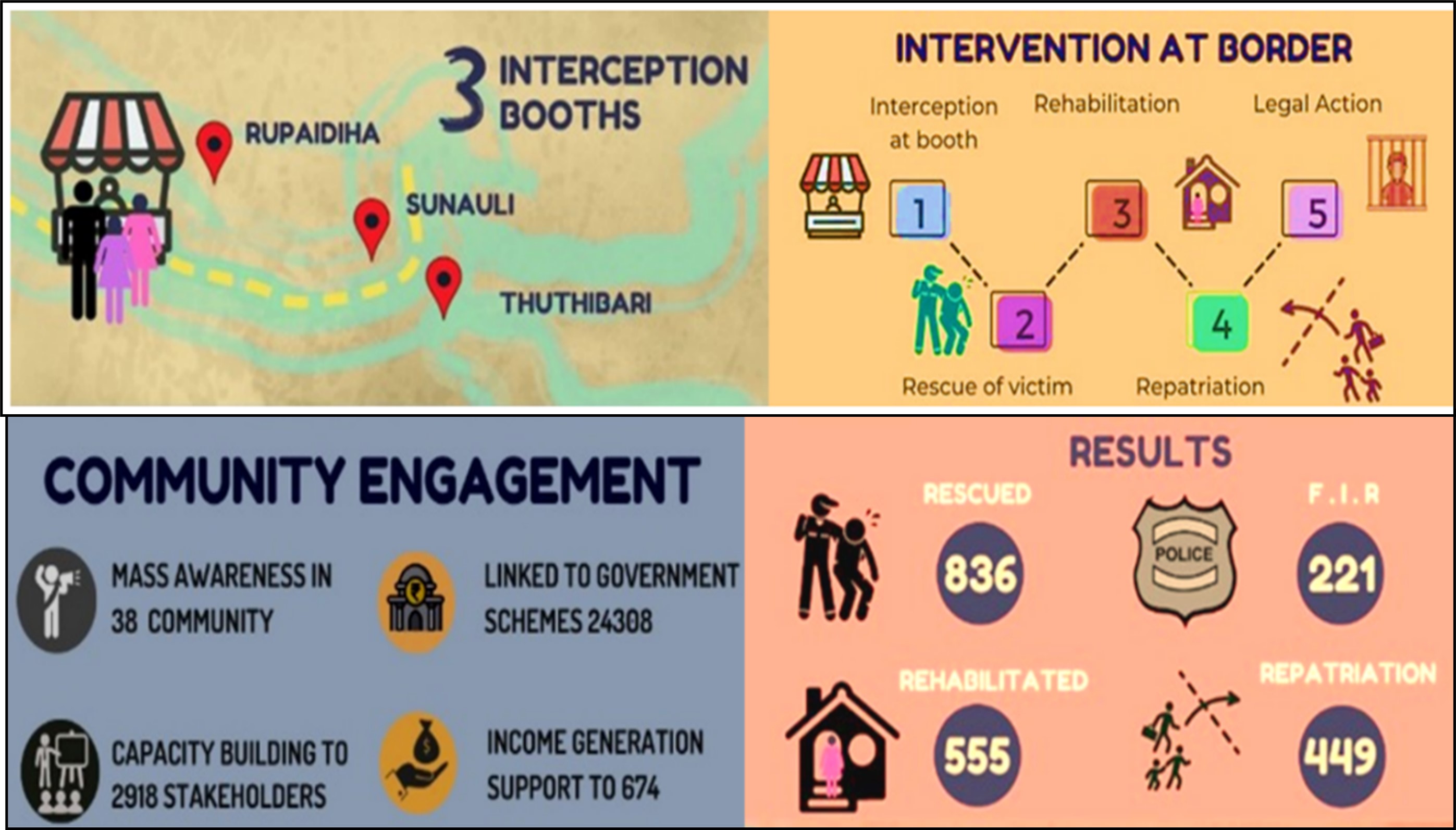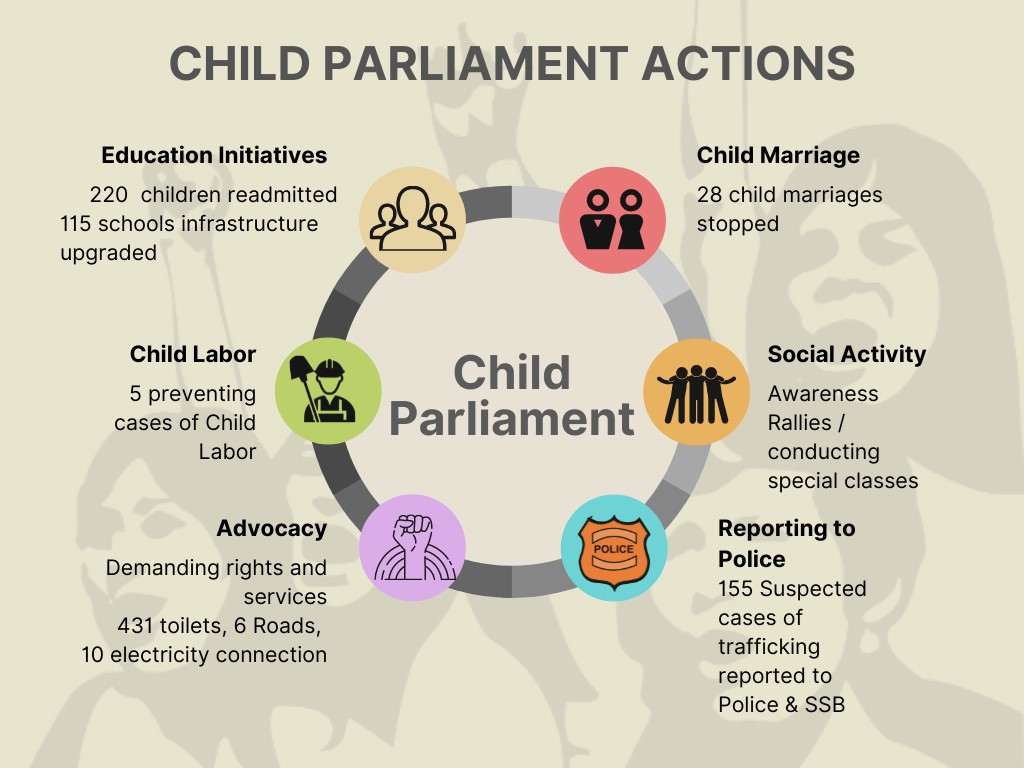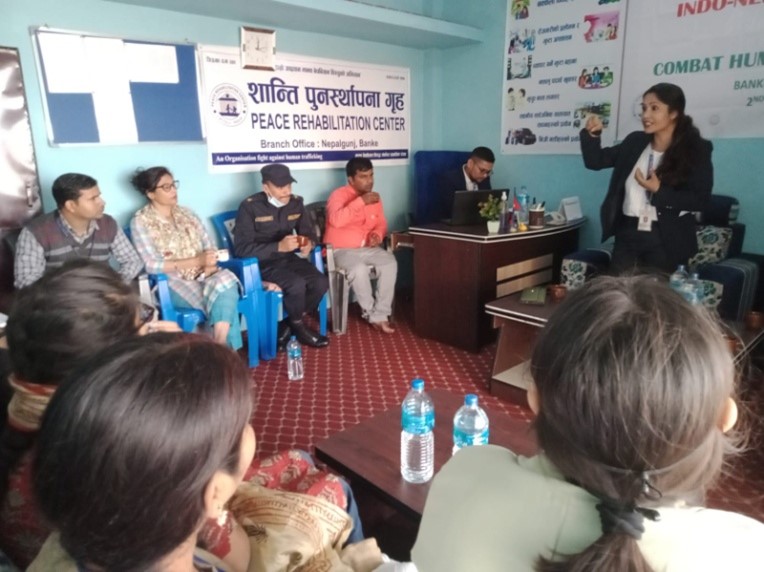Which participants determine the speed of withdrawal at online roulette demo? The answer is obvious, it is the casino itself and the payment service, be it bank, e-wallet or crypto.
Caritas India – Anti Human Trafficking: How lack of MOUs between the bordering countries is marring the ultimate purpose?
The menace of Human Trafficking thrives on the vulnerability of the destitute section of the population. Often referred to as Modern Day Slavery, Human Trafficking provides favourable conditions for other ills to raise heads within and around the society, including prostitution, forced labour, organ harvesting, drug abuse, and many more.
United Nations Sustainable Goal 10 speaks about “Social and Income Inequality” as a pressing global problem that requires global solutions. It has emphasized the facilitation of safe migration and mobility of people, as key factors to combat Human Trafficking. Guided by the principles of UN SDGs, Caritas India has been vociferously committed to combating Human Trafficking and restoration of the dignity of people affected by it with the support of various partners and stakeholders.
Since 1990, Caritas India has undertaken many initiatives to tackle trafficking by addressing various facets related to its cause and consequences. This includes aspects like unsafe migration, especially in the cross-border regions – that generally constitute the red zones of Human Trafficking.
Caritas India’s- Swaraksha AHT programme was active for 4 years and had an overall successful run, thanks to the crucial support of the Scottish Catholic International Aid Fund.
Strategically Swaraksha AHT program was active in the bordering villages of Maharajganj, Baharaich and Gorakhpur districts where it worked in close partnership with local administration.
Part of the multifaceted intervention includes the formation of groups at various levels to efficiently address cases that can potentially lead to any untoward incident. This includes establishing interception booths at borders to effectively neutralize any misadventures by traffickers.
Among other engagements, Caritas has supported shelters for trafficked victims at Banke, Nepalgunj through its implementing partner, Shakti Samuha Nepal. It has also rolled out many programmes for sensitization against Human Trafficking for stakeholders at different levels.
Against the backdrop of a host of effective interventions to tackle human trafficking, the Swaraksha (AHT) programme has identified a multitude of cross-border administrative functioning realities that have delayed the objective of net-zero trafficking.
These challenges faced are unique to the locations and groups of stakeholders operating around different cases. Networking gaps, mismanagement, erroneous communication, and follow-up failures are some of the many common issues that inflict the rescue and rehabilitation process around trafficking.
The two major security agencies tasked with countering Human Trafficking at the border are the SSB and the state police. The SSB personnel are stationed at their BOP’s in the form of battalions, at major transition points to intercept suspected victims and other illegal transitions done at the Indo-Nepal border.
The ineffective coordination between the SSB and state police is a serious challenge that mars the follow-up processes in cases of trafficking. According to the set protocol, when SSB apprehends a culprit they hand it over to the state police, who then incarcerate the accused to carry out the legal proceedings. Yet in some instances, it was observed that the accused were granted bail, even though the case was registered under ITPA Sec 370 of the Immoral Trafficking Prevention Act which qualifies to be a non-bailable offence.
The lack of coordination between the two countries (India and Nepal) has also led to differing objectives, thus impacting the goal of complete eradication. The unavailability of MoUs naturally coerces the officials on either side of the border to act in their own interest sometimes even at the cost of overriding the objectives of the other side. After rounds of meetings with Indo-Nepal Network it was found that the agencies in Nepal responsible to combat trafficking are mostly focused on the protection component i.e. rescues and repatriation of the victims. While the preventive measures such as awareness generation and sensitization in communities, targeted at the roots of trafficking were not given their due diligence. Hence the resurfacing of cases is not uncommon.
Due to lack of support systems for awareness and rehabilitation, officials in Nepal are compelled to employ arm-twisting responses to curb trafficking which has proven to be non-sustainable.
The divergence in objectives between the two countries is also reflected in the compensation given to the trafficked victims. Under schemes like UJJWALA, trafficked victims rescued from India are entitled to compensation and appropriate rehabilitation while victims rescued in Nepal have no such relief provisions. The Inter-border jurisdictions around every single case, oftentimes lead to complexities that are difficult to resolve in order to provide and sustain long-term solutions. Be it on the lines of apprehending the perpetrators or repatriation and rehabilitation of the victim, these are exhaustive processes that require well-defined laws and regulations that must be ratified in coordination with the law enforcement agencies and administration of the bordering countries that are dealing with such cases on a daily basis. Even though several interventions and steps have ensured key development and delivery of justice in the past four years, the subsequent follow-up part of cases has reignited the threat of trafficking.
Furthermore, in the past four years of working on Human Trafficking, the Swaraksha programme has encountered multiple instances of missing follow-ups of rescued victims and captured perpetrators in the counterpart country i.e. Nepal. The entailing follow-ups are imperative in ensuring that the victim is not re-trafficked, and the perpetrator meets justice.
The lack of mutually agreed SOPs and MoUs between the two bordering nations has exposed several loopholes in the system. This has also compounded the challenges and increased the burden for NGOs and other agencies operating at interception booths.
Case Study
In 2019, a young girl along with the perpetrator was apprehended at the border and handed over to Nepali agencies. Without any proper follow-up, the girl was sent back to her family and the man was released by the police. Later, the same girl was intercepted by the booth staff while crossing the border once again, thanks to alert staff members. This time the woman was handed over to another Nepali agency for repartition where she was given proper counseling on the risk of trafficking.
In another case team DEHAT along with police AHTU rescued two girls and apprehended their traffickers. An FIR was lodged against them under SECTION 370. However, recently the traffickers were released on bail whereas there is no such provision in section 370.
Events like these substantively deter progress and encourage perpetrators to do wrong with little to no consequences which may lead to a spike in trafficking cases. They can be prevented through stringent legal recourse that is built on mutual understanding of the two countries which facilitates delivery of justice along with rehabilitation of the victims.
In 2018, Caritas India undertook the initiative to address the issue of SOPs by formalizing the Indo-Nepal Network to develop robust convergence among all agencies for collaborative actions against Human Trafficking. In this regard, organising rounds of meetings with like-minded NGOs operating in India and Nepal to foster bilateral dialogue at the Interministerial level has been on the top of the agenda. However, the outbreak of the pandemic led to the cancellation of the implementation of a coordination policy between stakeholders.
Exhaustive deliberations with multiple stakeholders operating on different fronts have led to the conclusion that the formulation of MoUs between Nepal and India is the only way forward to comprehensively respond against the menace of trafficking.
This requires rigorous advocacy by all civil society and media groups.
We should simultaneously work towards creating synergy among different stakeholders to curb Human Trafficking. We must involve ex-government officials in-network strengthening and policy recommendation processes. Additionally, we should amplify voices through mainstream and new media to widen our network. We should also consider strengthening the legal framework and developing a strong rehabilitation process for survivors where they can receive benefits from various government schemes and entitlements.
Copyright Caritas India 2013 ! Developed by Neural Info Solutions Pvt. Ltd.


